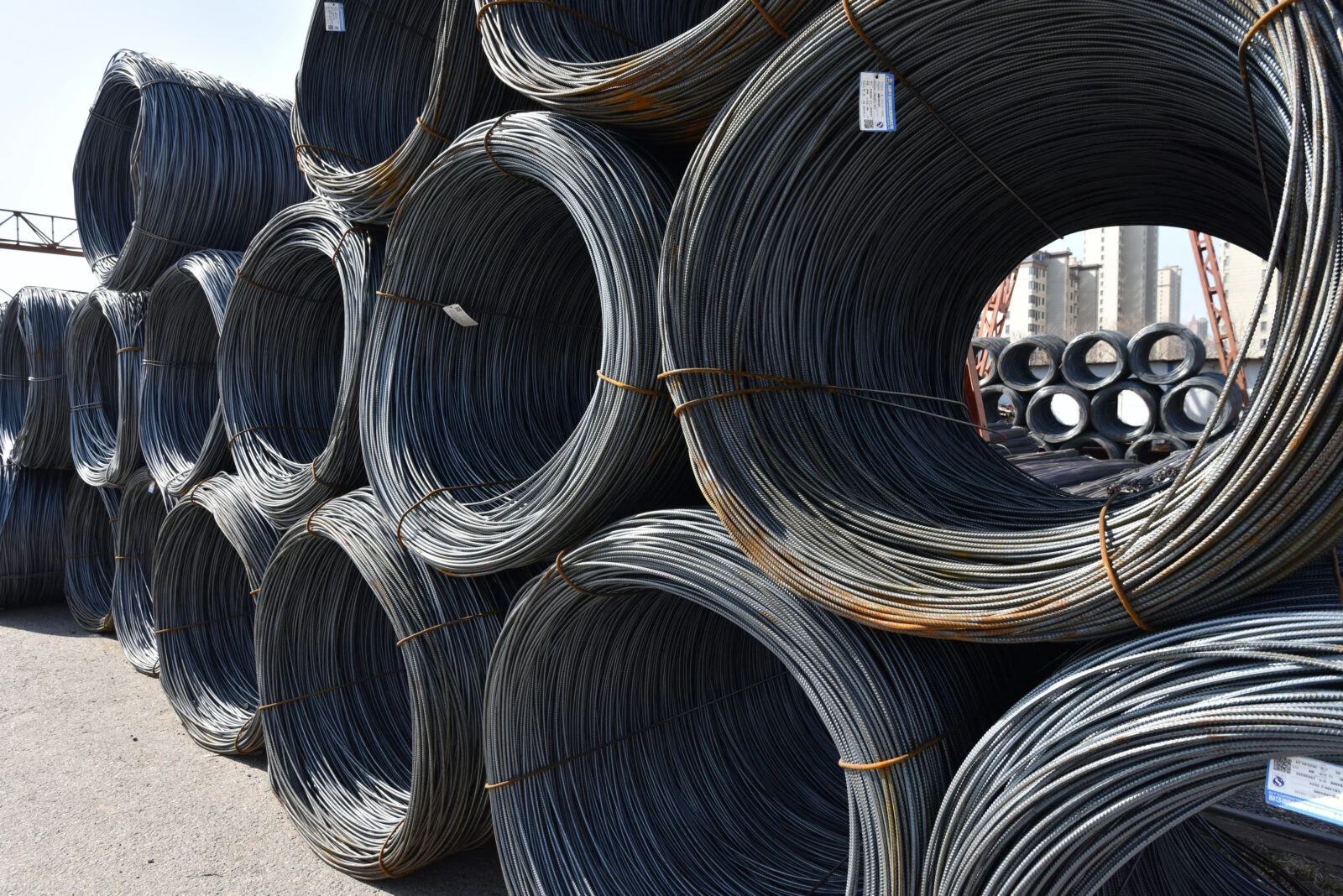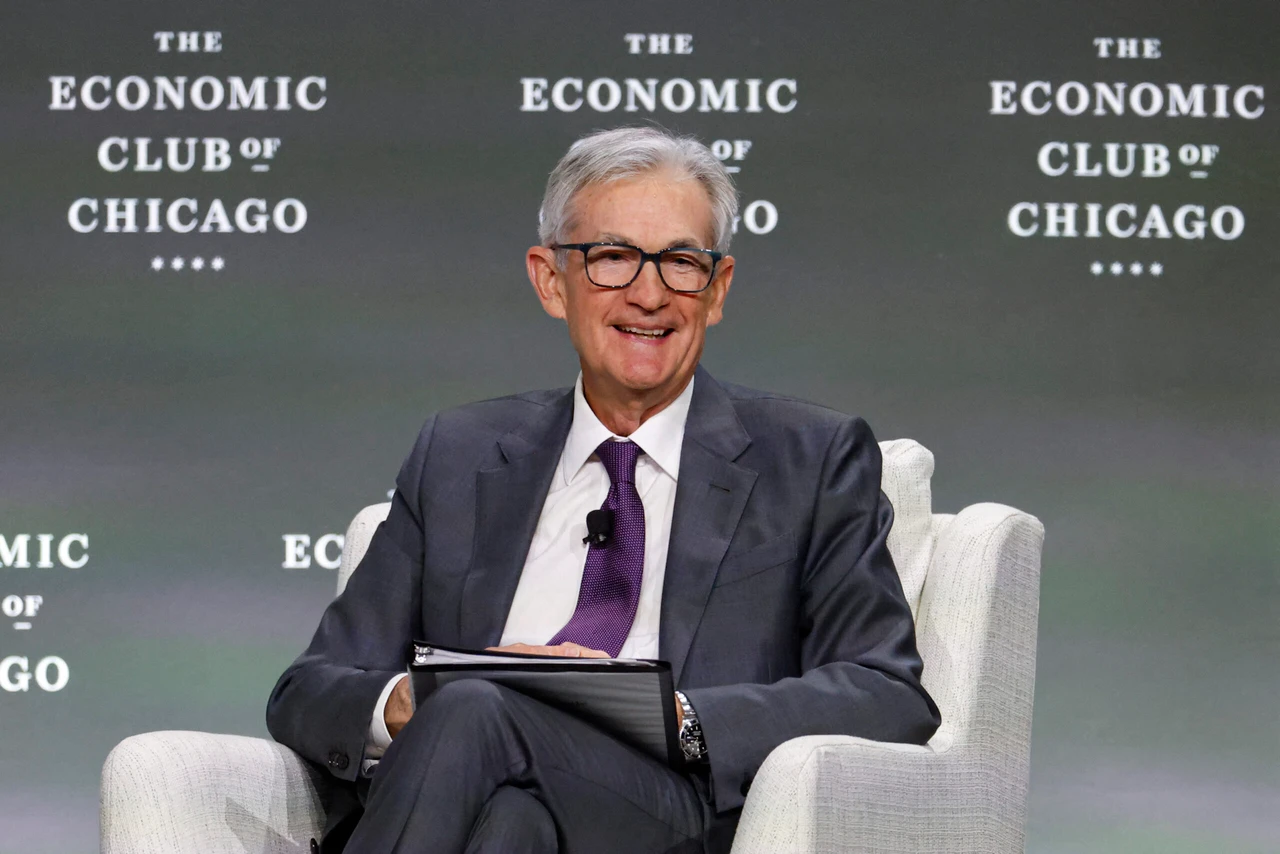Trump announces further tariffs on steel, aluminum imports
 U.S. President Donald Trump speaks at a MAGA victory rally at Capital One Arena in Washington, DC on Jan. 19, 2025, one day ahead of his inauguration ceremony. (AFP Photo)
U.S. President Donald Trump speaks at a MAGA victory rally at Capital One Arena in Washington, DC on Jan. 19, 2025, one day ahead of his inauguration ceremony. (AFP Photo)
U.S. President Donald Trump pledged to impose a 25% tariff on steel and aluminum imports from all countries this week, along with “reciprocal” adjustments.
Trump told reporters aboard Air Force One that the tariffs, which he will announce on Monday, will apply to “any steel coming into the United States,” adding this will also affect aluminum.
Trump imposed similar tariffs during his 2017-2021 presidency to protect U.S. industries, which he believed faced unfair competition from Asian and European countries.
Canada—which Trump has already threatened with tariffs—is the largest source of steel and aluminum imports to the United States, according to U.S. trade data. Brazil, Mexico and South Korea are also major steel providers to the country.

‘Reciprocal tariff on the way’
On Sunday, Trump also said he would announce “reciprocal tariffs” to match his government’s levies to the rates charged by other countries on U.S. products. “Every country will be reciprocal,” Trump said, adding that he would make a detailed announcement on the tariffs on Tuesday or Wednesday.
The president has already shown his fondness for weaponizing the United States’ financial power, ordering tariffs on key trade partners China, Mexico and Canada soon after he took office.
He paused 25% levies against Canada and Mexico for a month after both countries vowed to step up measures to counter flows of the drug fentanyl and the crossing of undocumented migrants into the United States.
The tariffs against China went ahead, however, with products entering the United States facing additional levies of 10% since Tuesday. Beijing responded with targeted tariffs on certain U.S. products such as coal and liquefied natural gas, which will come into play on Monday. The new Chinese tariffs cover $14 billion worth of U.S. goods, while the tariffs announced by Trump cover $525 billion worth of Chinese goods, according to Goldman Sachs.
How do global markets reflect?
Developments fueling trade wars and geopolitical risks continue to be closely monitored, especially in the gold and Bitcoin sectors, amid heightened tensions following Trump’s tariffs.
Gold, which started 2025 at $2,623 per ounce, closed last week at $2,860. The upward trend persisted after Trump’s statements, with gold prices opening the week with a 1.1% gain, reaching $2,893.94 per ounce as of 8:13 a.m. GMT.
Meanwhile, bitcoin remained steady at the $97,000 mark, recording a slight increase of 0.50% to $97,734.36 at the same time.
The world’s largest stock market, The New York Stock Exchange’s (NYSE) composite index (NYA) closed the previous week at 20,039, posting a 0.59% decline on Friday due to global instability weighing on markets. The Nasdaq Composite Index (IXIC) also dropped 1.36%, settling at 19,523.40 at the same time. The U.S. dollar index stands at 108.29 since Friday close, with a 0.23% increase.
On the other hand, Türkiye’s stock exchange, Borsa Istanbul’s benchmark index (BIST 100) ended the previous week with a 1.81% weekly gain and opened Monday with a 0.11% increase, reaching 9,960.34. BIST 100 opened Monday at 9,962.07 points, up 0.1% or 10.41 points from the previous close.
Exchange rates stood at ₺36.0275 to the U.S. dollar, 37.2260 to the euro, and 44.7185 to the British pound.



